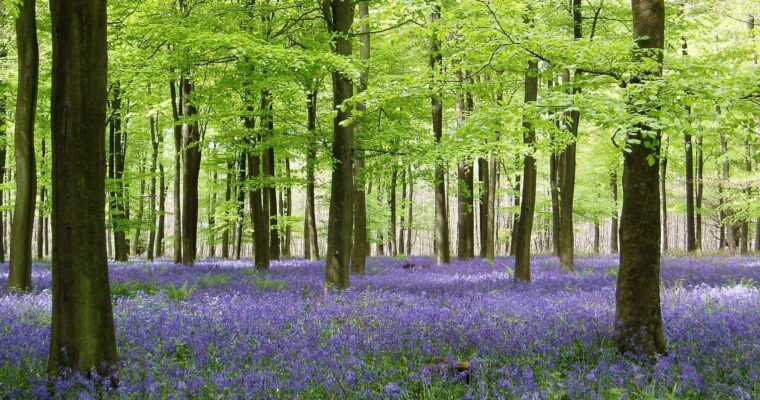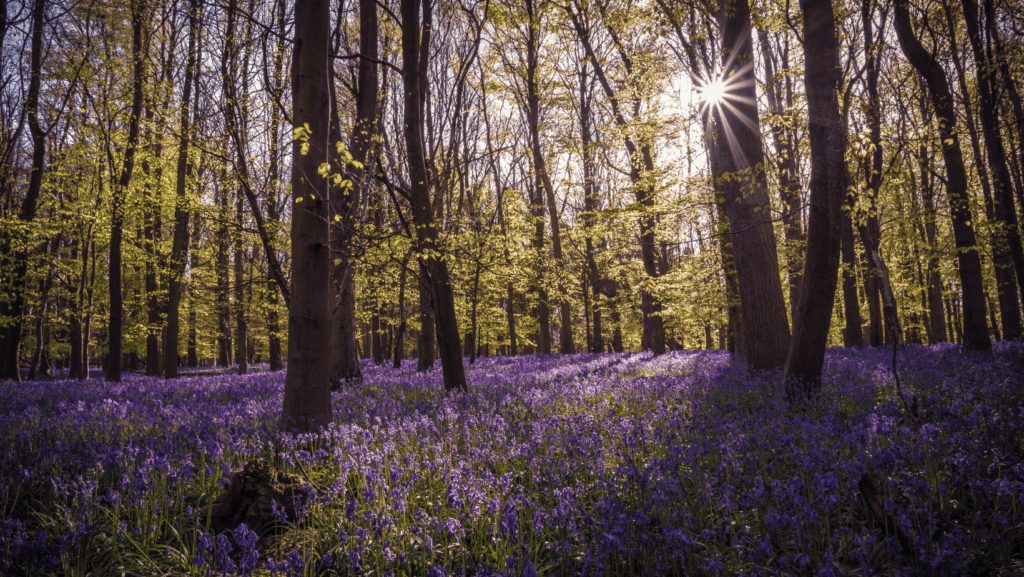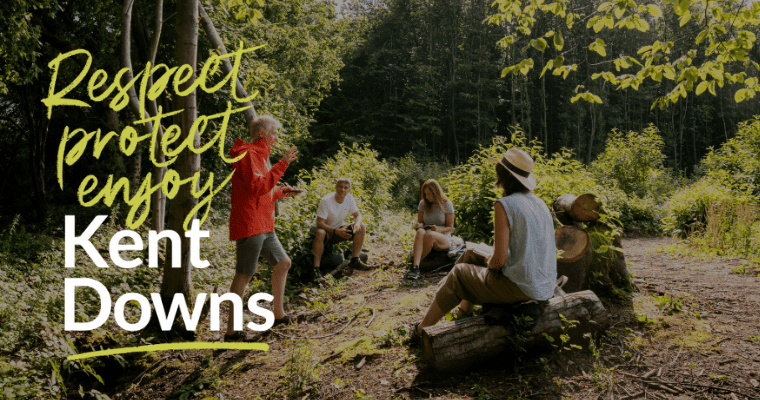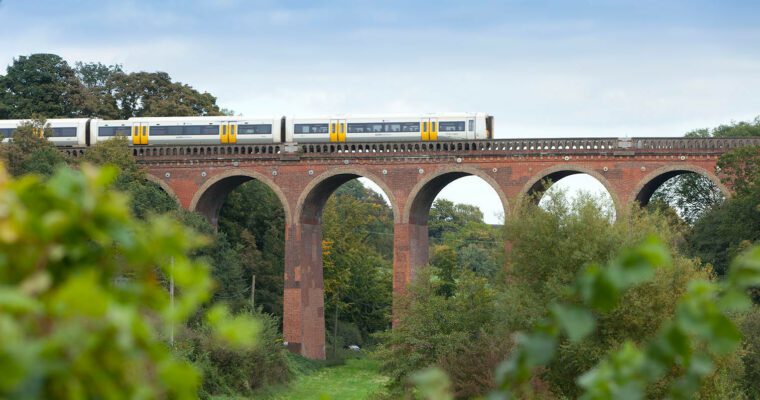Top 5 bluebell walks in the Kent Downs

27th March 2023
The beautiful bluebell symbolises hope, gratitude and everlasting love – maybe this is why we become obsessed with seeing them each spring! These iconic British flowers cover the woodland floor from March to May each year, and the ancient woodlands that make up the Kent Downs National Landscape are the ideal habitat for them. In fact, half of the world’s bluebells can be found here in the UK!
So, if you’re looking for inspiration on the best places for some bluebell spotting, look no further. Here are our top five walks in the Kent Downs to marvel at shades of purple and blue this spring.
Where to see bluebells in the Kent Downs
1. Ashenbank Wood Ancient Woodland, Cobham
It’s classified as ancient woodland, meaning it is at least 400 years old – and probably much older than that! In spring, it boasts a spectacular show of bluebells and wood anemones, has ancient features to discover and promises fantastic views all year round. It’s also a Site of Special Scientific Interest (SSSI) in the Kent Downs and is teeming with extraordinary wildlife.
There are two trails to explore this special woodland – a short half mile or 20 minute walk and a longer walk just over a mile long. The shorter walk is accessible for visitors with pushchairs and/or wheelchairs.
2. Kings Wood, Challock
Kings Wood, one of Kent’s largest woodlands, is a historic royal hunting forest, and an ancient woodland site. It’s home to a huge diversity of flora and fauna, including fallow deer, adders, nightjars, green woodpeckers, lesser and greater spotted woodpeckers, foxgloves, bluebells and woodspurges. There’s also a 3.5-mile Sculpture Trail; a very enjoyable walk in all seasons.
Kings Wood has a range of public paths that run through the woodland. Off-bridleway horse-riding is restricted to specific routes and only permitted if you are a TROT member.
3. Shoreham Woods, Sevenoaks
Sitting within the beautiful Darent Valley, overlooking Shoreham Village, Shoreham Woods is a collection of five different woodlands. In spring, much of this woodland is covered with a wonderful display of bluebells – it’s also home to several rare orchid species and many old trees, including a grove of ancient yews.
There is a horse-riding route crossing Meenfield Wood, but no facilities for cyclists. A wheelchair-accessible path, runs from the Rangers Lodge through Andrews Wood to a picnic area.
4. Lyminge Forest, Canterbury
Another of the largest areas of woodland in Kent, Lyminge Forest now benefits from five new cycle routes of varying length which run through and around the site. There are also two walking routes around the forest, specifically designed to lead you to the best sports for seeing the carpets of bluebells which flower in the woodland in spring.
If you’re exploring the woods on foot, there are no stiles or barriers in Lyminge Forest, making many of the flat, well-surfaced walking routes suitable for all.
5. Harvel Hike, West Malling
Join the iconic North Downs Way National Trail as it merges with the historic Pilgrim’s Way. Stopping at Trosley Country Park, the chalk grassland and woodland here is a hotspot for bluebells and butterflies in spring, as well as being an excellent habitat for dormice and badgers.
This nearly seven-mile walk can be challenging at points with steep slopes and steps.

Help preserve bluebells in the Kent Downs
Bluebells are sensitive plants and trampling can really leave its mark. The bulbs are easily damaged by walking on them meaning they can’t produce enough energy to flower and reproduce in following years. Areas of high footfall can even cause entire colonies to die out. You can help us to look after our native bluebells by sticking to the path and appreciating their beauty from a distance.
You may also be interested in...
Popular articles
The Best Viewpoints in the Kent Downs
Searching for incredible views? Look no further! We've rounded up the best…
Lambing season in the Kent Downs
Discover the importance of lambing season in the Kent Downs and find…
Areas of Outstanding Natural Beauty Renamed National Landscapes
The Kent Downs Area of Outstanding Natural Beauty has been renamed as…


